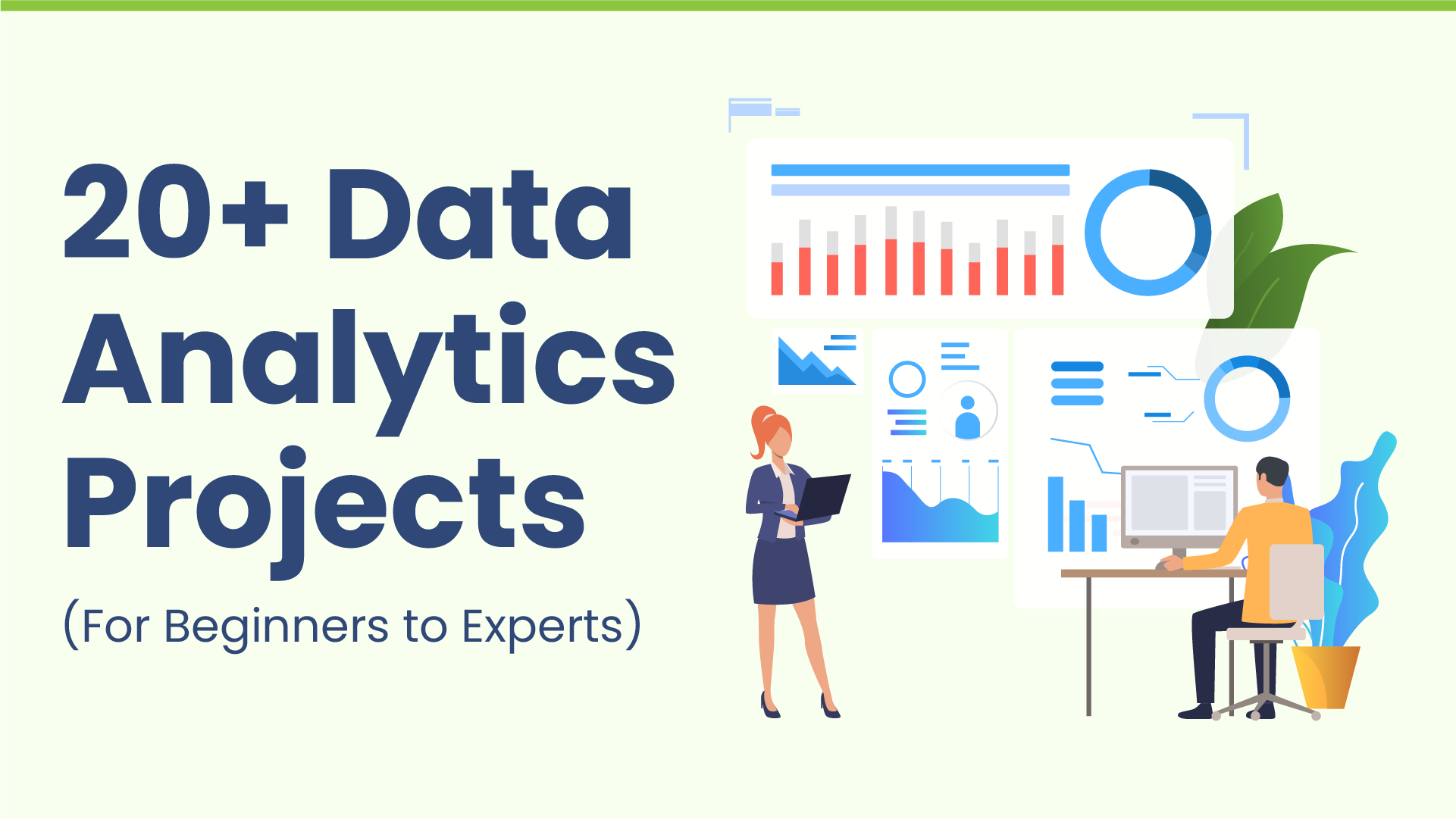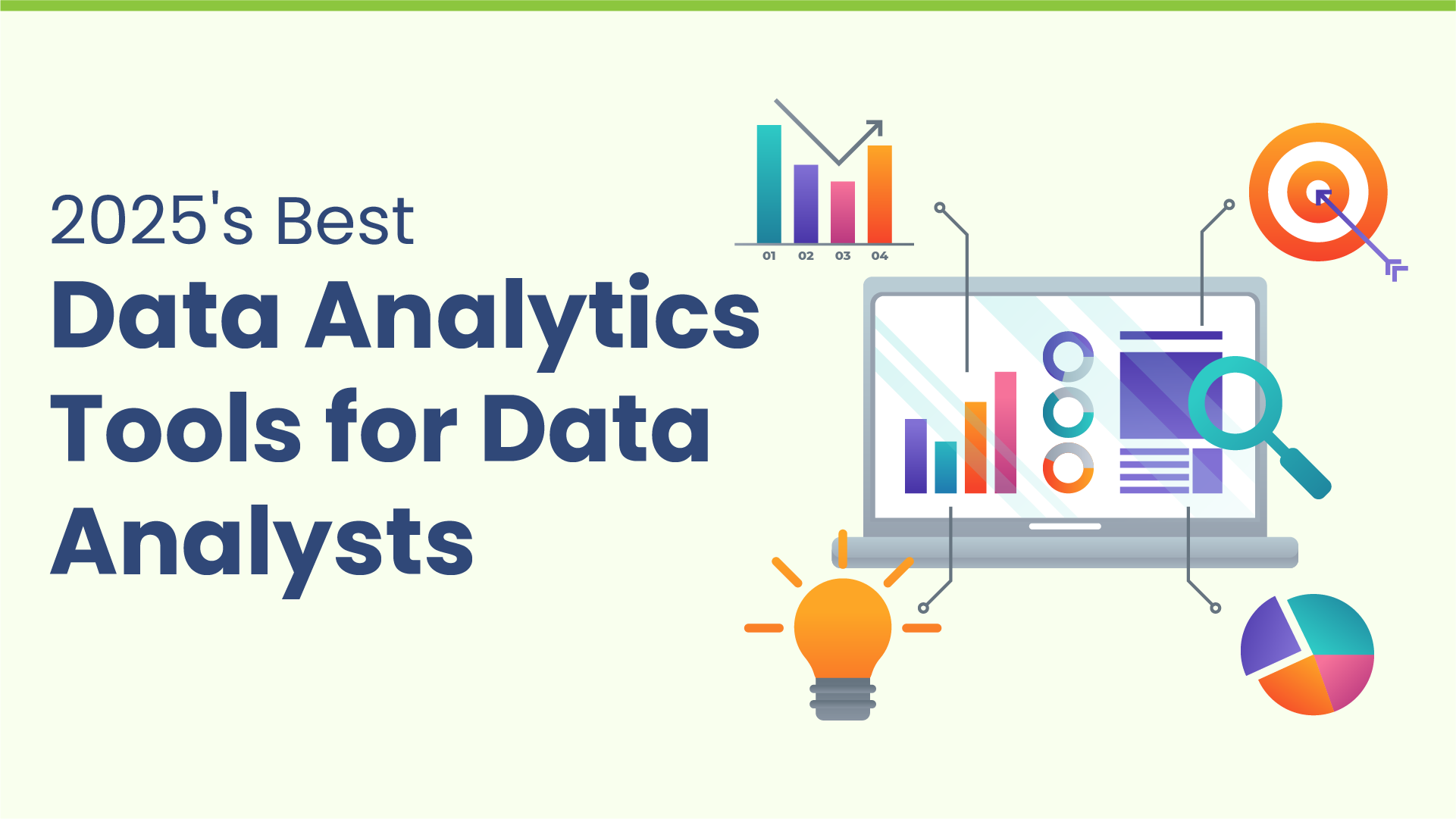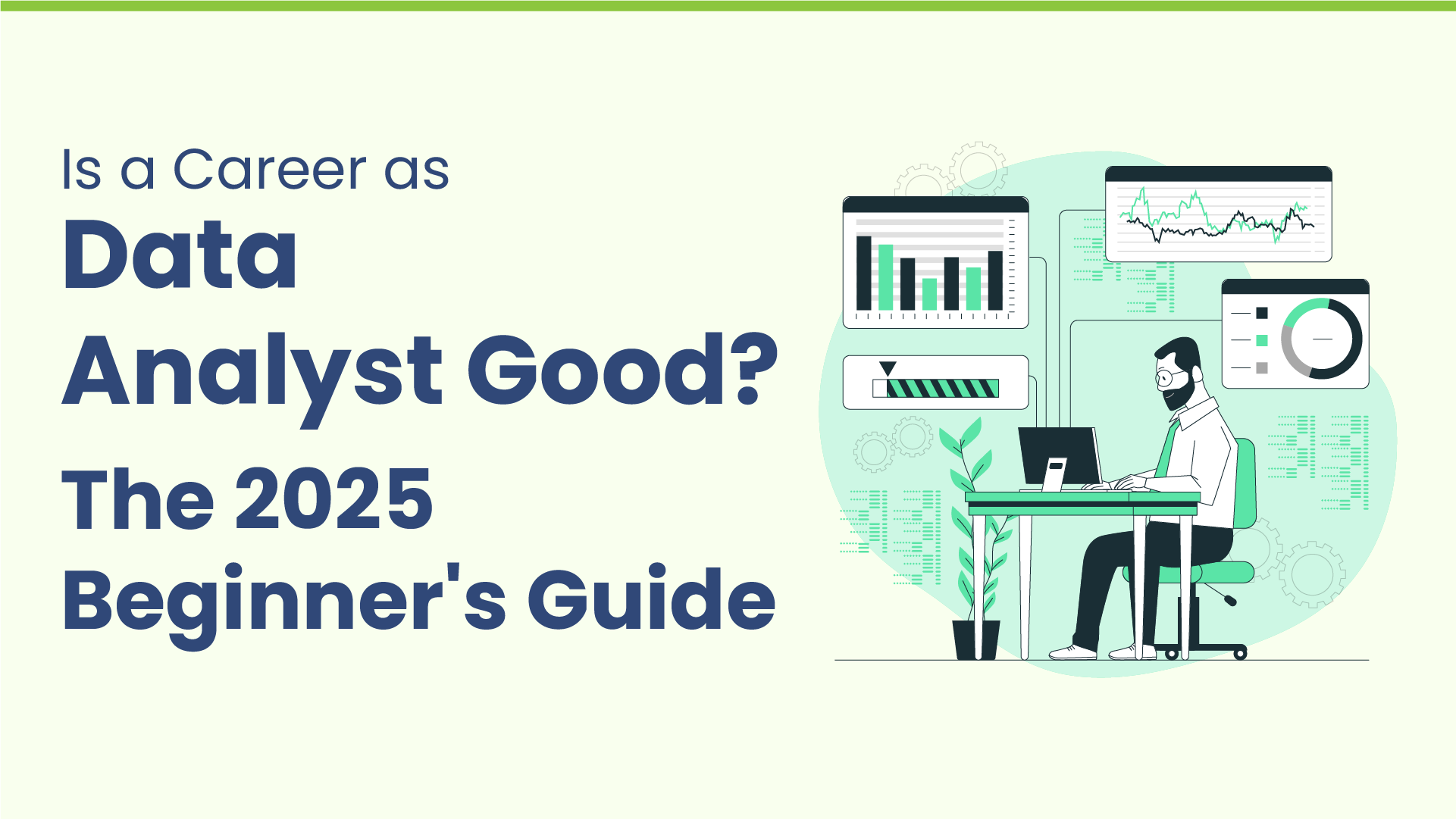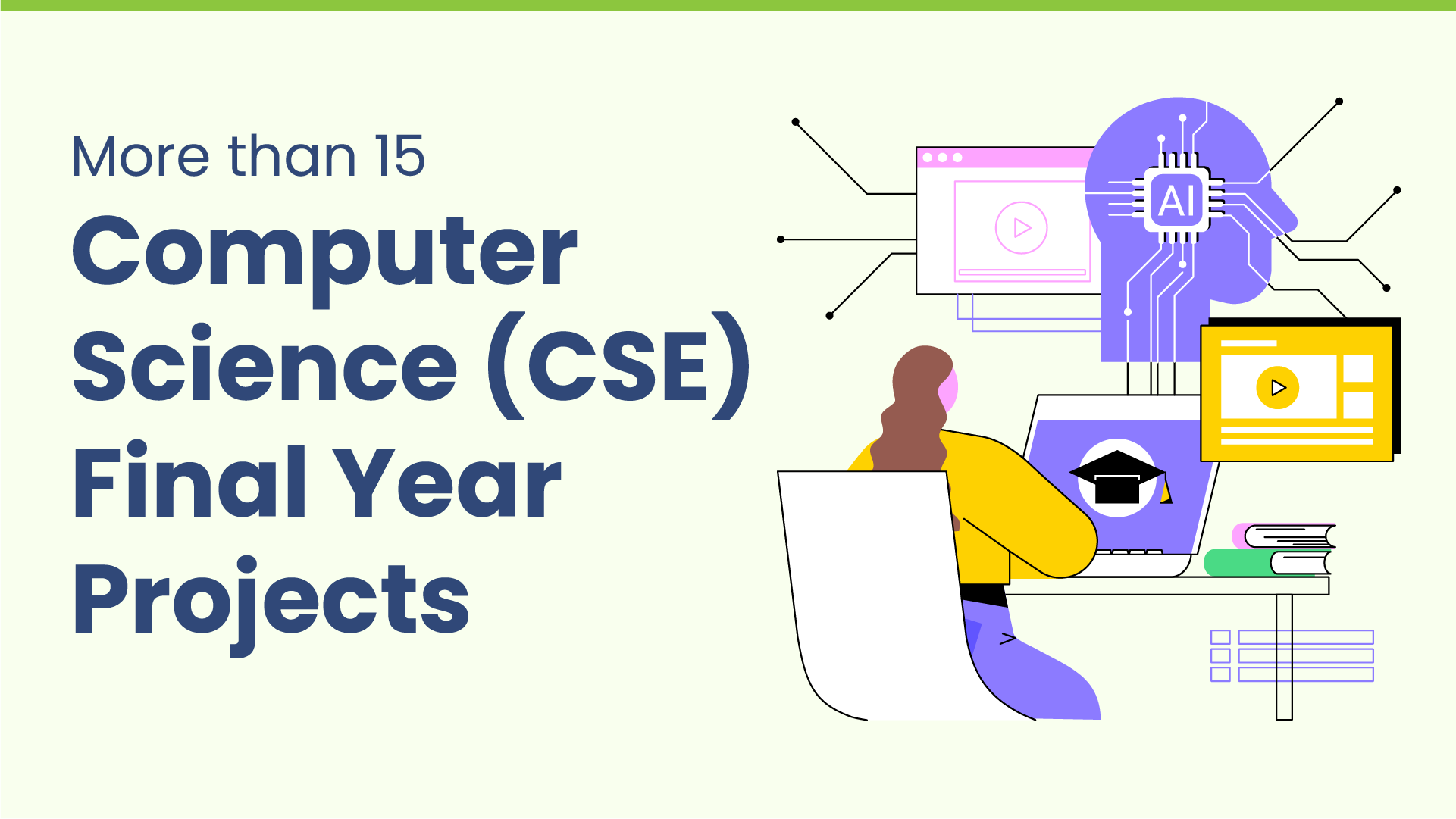
Working on real-world projects is the ideal approach to demonstrate your competence and master data analytics, which is one of the most in-demand skills nowadays. There is a project for every degree of expertise, regardless of experience level. Below, you will find a list of simple descriptions of data analytics project ideas, as well as details on where you can get the source code and what tools you may use.
Beginner-Friendly Python Data Analytics Projects
1. Examining Sales Information
Sales data analysis is among the most popular data analytics tasks for beginners.Suppose you want to determine which goods are the most popular, which days of the week have the biggest sales, or how discounts impact revenue using a supermarket dataset. This project aids in your comprehension of the complete data analysis process, from organizing and cleaning data to producing narrative visualizations. It’s a fantastic opportunity to become familiar with fundamental tools and methods while working on a useful and accessible project.
Tools: Excel, Tableau, and Python (Seaborn, Matplotlib, Pandas).
Source Code: GitHub.
2. Analysis of COVID-19 Data
Studying the vast quantity of data produced by the COVID-19 pandemic is ideal.You may track the virus’s transmission over time, observe trends in immunization, or track national recovery trends. Time series analysis and geographic visualization are two essential data analytics abilities that you will learn about in this assignment. Additionally, it’s a fantastic approach to become familiar with fundamental tools and methods while working on a useful and relatable project.
Tools: Jupyter Notebook, Python (Plotly, Pandas), and Power BI.
Source Code: GitHub.
3. Segmenting customers Making Use of RFM Analysis
Recency, Frequency, Monetary (RFM) analysis is a fantastic method for comprehending consumer behavior. You may classify consumers as either “Loyal Customers” or “At-Risk Customers” based on factors including when they last made a purchase, how frequently they make purchases, and how much they spend. This project is popular in marketing and corporate planning, and it’s a good method to learn how data may be utilized to make decisions.
Tools: Python (Pandas), Matplotlib, Numpy, and Jupyter Notebook.
Source Code: GitHub.
4. Analysis of Weather Data
Analyzing historical weather data entails finding trends like temperature fluctuations, rainfall patterns, or climatic patterns. For instance, you may determine the differences in rainfall patterns between two sites or the variations in temperature over time.
Tools: Jupyter Notebook, Python (Pandas, Matplotlib).
Source Code: GitHub.
5. The system for recommending movies
For beginners, creating a movie recommendation system is a fun and fulfilling undertaking. You may create a basic system that suggests movies to users based on their tastes by using a dataset such as MovieLens. It exposes you to the fundamental ideas of machine learning and collaborative filtering, which are both prevalent in online commerce and film. It is an excellent way to learn how to leverage data to provide a personalized customer experience.
Tools: Jupyter Notebook, Python (Pandas, Scikit-learn).
Source Code: GitHub.
6. Analysis of Student Performance
In order to identify patterns, such as how study habits, attendance, or extracurricular activities impact grades, this initiative looks at student performance data. It’s a great method to learn how to handle organized data and draw insightful conclusions.
Tools: Jupyter Notebook, Python (Pandas, numpy).
Source Code: GitHub.
7. Examining Client Input
To determine client satisfaction levels, you will examine customer feedback data in this data analytics project. You’ll look for recurring themes in the comments, such poor customer service, delivery problems, or product quality, and you’ll make visuals to show your results.
Tools: Excel, Google Sheets, or Python (WordCloud, Matplotlib, Pandas)
Source Code: GitHub.
Python Data Analytics Projects for Intermediate Learners
1. Forecasting Home Prices
In this data analytics project, predicting home values is an example of an intermediate-level project. Regression models may be used to estimate house prices based on attributes like size, number of rooms, and location. The project helps you acquire a key data analytics skill: creating and testing prediction models.
Tools: R, Python (Pandas, Scikit-learn).
Source Code: GitHub.
2. Social Media Data Sentiment Analysis
The practice of analyzing social media evaluations or comments to determine whether they are neutral, negative, or favorable is known as sentiment analysis. To find out what others think about a product, you may look at tweets about it. You will learn about natural language processing (NLP), a new field in data analytics, through this assignment. It’s an excellent method for learning how to manage text data and extract insightful information.
Tools: R, Python (TextBlob, NLTK).
Source Code: GitHub.
3. Predicting Churn for Telecom Businesses
The telecommunications sector frequently uses customer churn prediction. You may identify clients that have a high likelihood of leaving and suggest retention initiatives using classification models like logistic regression or decision trees. This project serves as an example of applying machine learning to actual business issues. Additionally, it’s a fantastic opportunity to learn about measures like recall, accuracy, and precision.
Tools: Random Forest Algorithm, SQL Server, Power BI, and Python (Pandas, Scikit-learn).
Source Code: GitHub.
4. Analysis and Web Scraping
The process of taking information from websites, including product pricing or comments, and looking for patterns or trends is known as web scraping. For instance, you may use data scraping from an online store to examine consumer feedback or pricing patterns. This project teaches you how to gather and examine online data, which is an important data analysis ability. It’s also a fantastic opportunity to learn about preprocessing and data cleaning.
Tools: Jupyter Notebook, Python (BeautifulSoup, Pandas).
Source Code: GitHub.
5. Stock Price Time Series Forecasting
A strong method for estimating future trends from previous data is time series forecasting. You can predict stock prices and make wise investing choices by using models such as LSTM or ARIMA. Advanced time series analysis techniques, which are extensively utilized in economics and finance, are introduced to you in this assignment. It’s an excellent method for learning how to create prediction models and work with time-dependent data.
Tools: Jupyter Notebook and Python.
Source Code: GitHub.
6. Analysis of Traffic Accidents
Analyzing traffic accident data to identify trends and patterns is known as traffic accident analysis. For instance, you may determine which regions experience the highest accident rates, the times of day when accidents occur most frequently, or the elements (such as weather or road conditions) that influence incidents. You may learn how to deal with geographical data and produce visualizations like heatmaps and maps by completing this project.
Tools: Tableau, Python (Pandas, Scikit-learn).
Source Code: GitHub.
7. Analysis of Employee Performance
Analyze employee data to identify the department, years of experience, and training hours that have an impact on performance. This project serves as an example of how to use data analytics to organizational management and human resources.
Tools: Power BI, machine learning, and Python (Seaborn, Pandas).
Source Code: GitHub.
Advanced Data Analytics Projects in Python
1. Financial Transaction Fraud Detection
Fraud detection is one of the most significant applications of data analysis in the financial sector. You may create a machine-learning model to detect fraudulent transactions by using anomaly detection techniques. This project teaches you how to work with datasets that are unbalanced, meaning that there are a lot more genuine transactions than fraudulent ones. This project is excellent for learning about practical data analysis issues.
Tools: Jupyter Notebook, Python (Pandas, Matplotlib).
Source Code: GitHub.
2. Forecasting Customer Lifetime Value (CLV)
Calculating the amount of money a business can make from a client while they are still with the business is known as CLV prediction. This initiative is really beneficial for marketing and client retention. It helps you learn how to use machine learning on customer data, which is very important in the corporate world. It’s also an excellent approach to learn about selecting important data attributes and predicting outcomes.
Tools: Jupyter Notebook, Python (Pandas, Scikit-learn).
Source Code: GitHub.
3. Analysis of Social Networks
Social network analysis is the study of relationships and interactions within a network. Graph theory may be used to find communities, trends, and influencers.Graph theory and network analysis, which are frequently used in marketing and social media, are introduced to you in this assignment. It’s a great approach to learn how to see relationships and work with complex data structures.
Tools: R, Python (Gephi, NetworkX).
Source Code: GitHub.
4. Using Apache Spark to Apply Big Data Analytics
Large datasets, including log files or sensor data, must be processed and analyzed as part of big data analytics. You can carry out sophisticated analytics and create scalable data pipelines using Apache Spark.This project teaches you how to work with big data, which is an essential ability in the data-driven world of today. Additionally, it’s a fantastic method to learn about data pipelines and distributed computing.
Tools: Scala, Python (PySpark), and Apache Spark.
Source Code: GitHub.
5. Using Deep Learning for Image Classification
One of the most common applications of deep learning is image categorization. Convolutional neural networks (CNNs) may be used to build a model that can distinguish between different types of pictures, such as dogs and cats. One of the newest fields of data analytics, deep learning, is introduced to you in this project. It’s a great method to learn about neural networks, model assessment, and image processing.
Tools: Jupyter Notebook, Python (TensorFlow, Keras).
Source Code: GitHub.
6. Manufacturing Predictive Maintenance
One initiative that uses machine data to forecast when equipment could go down is called predictive maintenance. You can determine whether a machine need maintenance before it breaks down by looking at factors like temperature, vibration, or usage patterns. This helps businesses avoid downtime and save money. You’ll discover how to evaluate industrial data using machine learning and develop models that forecast potential problems.
Tools: Jupyter Notebook, Python (Pandas, Scikit-learn).
Source Code: GitHub.
7. Predicting Healthcare Patient Outcomes
This study involves analyzing patient data to forecast health outcomes, such as the likelihood of a patient developing an illness or needing to be readmitted to the hospital. You may develop models that assist physicians in making better judgments by examining variables such as age, medical history, or test findings. In addition to introducing you to healthcare analytics, this project demonstrates how data may enhance patient care.
Tools: R, Python (TensorFlow, Scikit-learn).
Source Code: GitHub.
Advantages of Engaging in Data Analytics Initiatives
The following are a few advantages of working on data analytics projects:
- Practical Learning: Projects enable you to use what you’ve learned in authentic settings. You actually execute data analysis rather than just reading about it, which improves your comprehension of the ideas.
- Develop Your Portfolio: Finished products provide as evidence of your abilities. To make your resume stand out on job applications, you may include them in your resume or display them to potential employers.
- Learn Tools and Techniques: Working on projects exposes you to a variety of tools, including Tableau, Excel, and Python. Additionally, you study methods like machine learning, visualization, and data cleansing.
- Problem-Solving Skills: Projects teach you how to use data to solve real-world issues. You’ll develop your ability to reason logically and base judgments on facts.
- Develop Confidence: You feel wonderful after completing an assignment. It gives you confidence to take on more challenging tasks and reveals your capabilities.
- Career Advancement: Real-world experience is highly valued by employers. Projects demonstrate your ability to manage real-world data and solve issues, which improves your employability.
- Investigate Interests: Projects allow you to delve into subjects you have a strong interest in, such as marketing, finance, or healthcare. It’s a fantastic way to combine your talents and interests.
FAQs Regarding Project Ideas in Python
1. From where can I obtain datasets for my work?
On the internet, there are several free data collections. Start using Google Dataset Search, Kaggle, and the UCI Machine Learning Repository. You may even leverage data sets from public government portals or scrape online data.
2. Is programming knowledge required for data analytics projects?
Excel and Tableau are examples of non-coding tools that you may utilize. But gaining knowledge in programming, especially Python or R, can increase your versatility and open up new opportunities.
3. Which tools are appropriate for tasks involving data analytics?
The project and your degree of expertise will determine this. Excel or Tableau are good starting points for novices who want to do simple analysis and visualization. Python (with libraries like Pandas, Matplotlib, and Scikit-learn) is a fantastic option if you feel comfortable with coding. Tools like TensorFlow, R, or Apache Spark are frequently utilized for complex tasks.
4. How can I pick a project that is appropriate for my level of expertise?
Start with easy tasks like weather analysis or sales if you’re a novice. Proceed to intermediate tasks like sentiment analysis or churn prediction as your confidence grows. Projects like fraud detection or big data analytics can be taken on by advanced students.
5. How long does it take to complete a data analytics project?
The project and your degree of expertise will determine this. While an expert project may take weeks, a novice project might just take a few days. To make the project doable, divide it up into smaller tasks.
6. How should I explain the results of my project?
Make use of straightforward visual aids such as dashboards, graphs, and charts. You can produce visualizations that appear professional with the aid of programs like Tableau, Power BI, or Matplotlib/Seaborn in Python.
7. Can someone with no experience in data analytics work on projects?
Indeed! Without any prior expertise, you may begin data analytics tasks. Start with easy tasks like utilizing Excel or Python (Pandas and Matplotlib) for customer segmentation or sales analysis. Practice with actual datasets by using online tools such as GitHub, Kaggle, and others. You will rapidly develop your talents and advance to bigger assignments if you put in constant effort
In conclusion
Projects involving data analytics are a great way to develop your abilities, obtain practical experience, and increase your visibility in the labor market. Regardless of skill level—beginner, intermediate, or expert—there is a project for everyone. Begin with easy exercises and work your way up to more difficult ones. With perseverance and practice, you’ll be well on your way to becoming a skilled data analyst.



